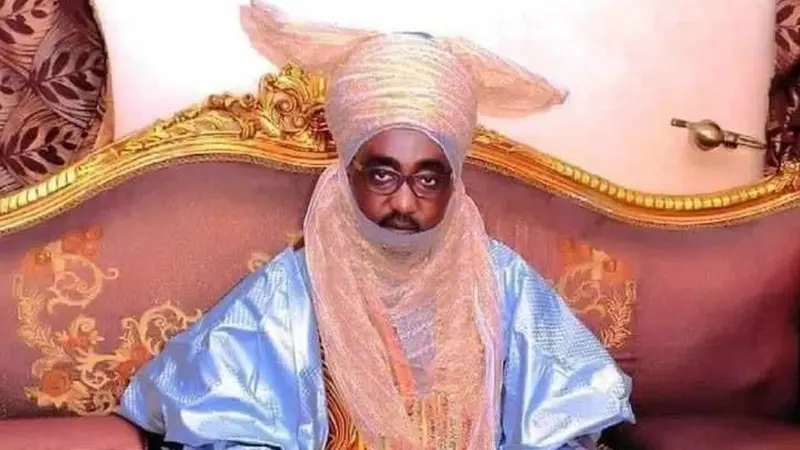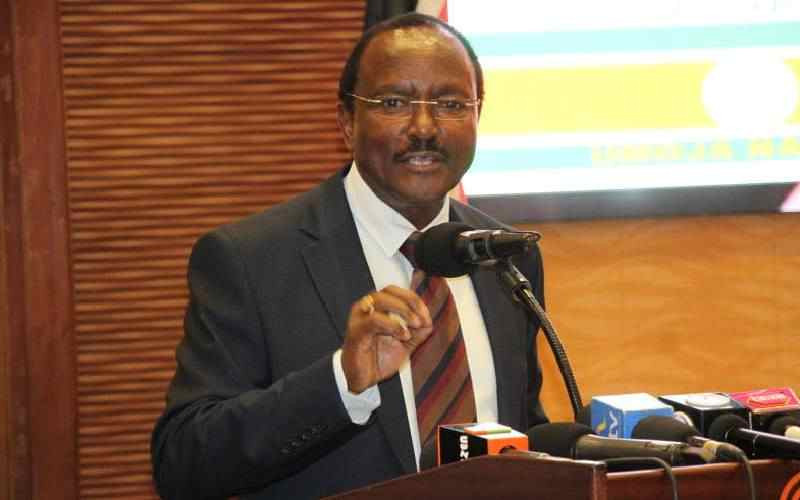Trump's US Army Anniversary Parade in DC Met with 'No Kings' Protests

On June 14, 2025, Washington D.C. became the stage for a massive military parade, an event designed to commemorate the 250th anniversary of the United States Army. Coinciding with President Donald Trump's 79th birthday, the spectacle marked the first time in over three decades that tanks rolled through the nation's capital, a sight last witnessed in 1991 following the Gulf War. President Trump, who had long desired such a display after being impressed by France's Bastille Day celebrations in 2017, heralded the event as a proud moment for America, emphasizing a show of military strength and a celebration of American victories.
The parade showcased a formidable array of military hardware and personnel. Nearly 7,000 soldiers participated, alongside over 150 vehicles, including 60-ton M1 Abrams tanks, Sherman tanks, Bradley Fighting Vehicles, Strykers, and Howitzers. The air display featured helicopters like Apaches, Chinooks, and Black Hawks, though some planned flyovers by fighter jets, including the F-22, were canceled due to cloud cover and light rain. The procession told the story of the Army's 250-year history, with soldiers parading in historic uniforms from the Revolutionary War through modern conflicts, accompanied by vintage equipment.
Key moments of the parade included military parachutists from the Golden Knights descending to the Ellipse, the presence of the 1st Cavalry Division with their two-year-old blue heeler mascot, Private Doc Holliday, and musical performances by artists like Lee Greenwood. President Trump, accompanied by First Lady Melania Trump and other officials including Vice President JD Vance and Secretary of State Marco Rubio, stood to salute the passing troops and vehicles. Despite earlier predictions of around 200,000 attendees, turnout appeared lower, potentially affected by the poor weather. The event, which started half an hour early to mitigate rain concerns, saw crowds singing 'Happy Birthday' to the President.
However, the event was not without significant controversy. Estimated to cost between $25 million and $45 million, the parade drew widespread criticism for its hefty price tag amidst calls for federal budget cuts. Critics, including California Governor Gavin Newsom, condemned it as a "vulgar display" and a show of military might more commonly associated with authoritarian regimes like Russia or North Korea, rather than a democratic nation. Concerns were also raised about the blurring of lines between a national military celebration and a personal birthday tribute to the President.
Simultaneously across the United States and even internationally, thousands of citizens participated in "No Kings" protests, organized against what they perceived as the Trump administration's authoritarian policies, "billionaire-first politics," and the "militarization of democracy." Over 2,000 demonstrations were planned nationwide, with participants voicing opposition to policies such as federal immigration sweeps, which had led to heightened tensions and unrest, particularly in Los Angeles where tear gas was deployed against protesters. Incidents of unrest were reported in multiple cities, including a man waving a handgun in Phoenix and a driver recklessly plowing into demonstrators in Virginia.
Protesters, including veterans and ordinary citizens, expressed deep concerns over family separations due to immigration policies, the perceived overreach of presidential power in deploying National Guard troops without gubernatorial consent, and the allocation of vast sums to a parade while social safety nets faced cuts. Many emphasized that their protests were patriotic acts aimed at safeguarding constitutional rights and democracy. Conversely, supporters of the parade dismissed the criticisms, viewing the event as a rightful celebration of the military and a demonstration of American strength. Some attendees, including veterans, considered the coinciding birthdays a mere coincidence and appreciated the opportunity to honor the Army's legacy.
President Trump himself used the occasion to laud the US Army as the “greatest, fiercest and bravest fighting force,” delivering a stark message to America's enemies. He concluded his address by declaring the United States the “hottest country in the world,” promising it would soon be "greater and stronger than ever before." The day encapsulated a nation grappling with its identity, simultaneously showcasing immense military power and vibrant, often contentious, public dissent.









